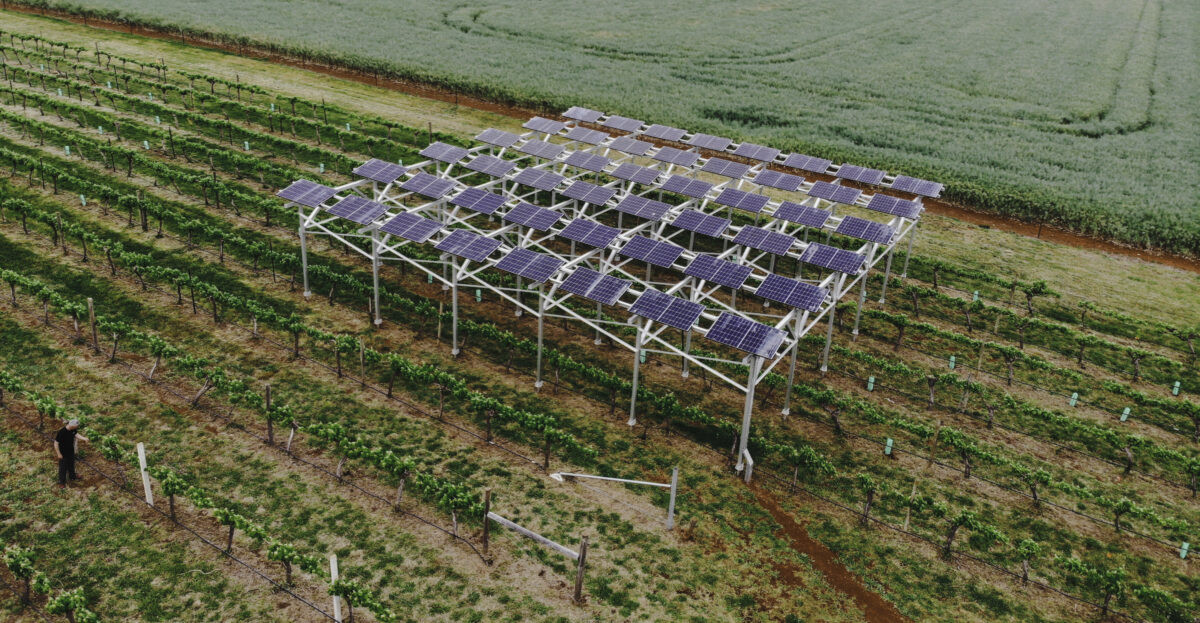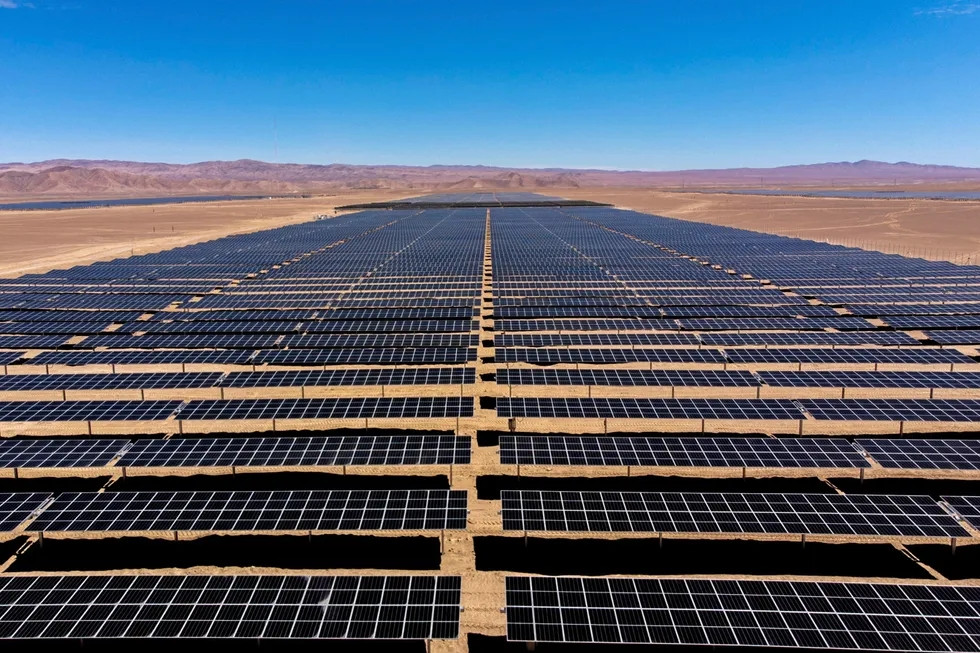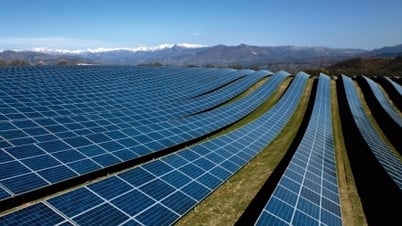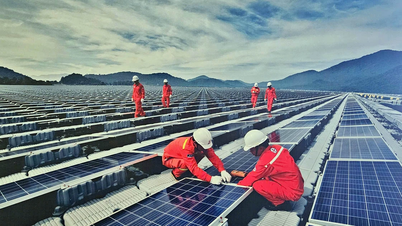Tests show that solar panels installed in Australian vineyards have many uses, especially helping the agricultural sector adapt to climate change.
An Australian university has tested a 20kW photovoltaic agricultural system on its Greenwood vineyard. An Australian solar engineering, procurement and construction (EPC) company has installed 48 solar panels at the University of Melbourne’s Dookie Campus vineyard, 216km northeast of Melbourne’s CBD.
The 20kW solar system uses 440W panels and covers approximately 270m2 of vineyard space. The Dookie Solar Project was developed in partnership with Greenwood and Victoria-based engineering firm Enhar to explore the benefits of integrating solar energy with viticulture.
Research at Dookie, funded by AgriFutures, promises to deliver valuable insights for the agriculture and energy sectors in the context of Australia’s unique environmental conditions.

Greenwood Education Director Veli Markovic said the Dookie system was just the beginning of the agrisolar movement in Australia.
“We are seeing a strong increase in partners wanting to implement projects like this, and we hope to share our project implementation experiences to educate industry colleagues through the Greenwood Academy,” Markovic told PV-Magazine .
“Sharing knowledge so they can identify opportunities and implement projects where photovoltaic agriculture is a must,” said Sabine Tausz-Posch, a senior lecturer in agriculture and food science at the University of Melbourne, who is using the photovoltaic agriculture facility as a model for how the agricultural sector can adapt to climate change.
“The most exciting thing about this project is that we combine crop production with electricity production on the same land area, by improving land use efficiency,” Tausz-Posch shared.
In addition, solar panels can help plants cope with changing environments, protect them from some climate stress, and can save water. This is the basic premise of photovoltaic agricultural research, according to Tausz-Posch, and could even make panels more efficient.
(According to PV-Magazine )

Source: https://vietnamnet.vn/dieu-bat-ngo-cua-tam-pin-nang-luong-mat-troi-trong-vuon-nho-o-uc-2355497.html


![[Photo] President Luong Cuong presents the decision to appoint Deputy Head of the Office of the President](https://vphoto.vietnam.vn/thumb/1200x675/vietnam/resource/IMAGE/2025/5/8/501f8ee192f3476ab9f7579c57b423ad)
![[Photo] General Secretary To Lam begins official visit to Russia and attends the 80th Anniversary of Victory over Fascism](https://vphoto.vietnam.vn/thumb/1200x675/vietnam/resource/IMAGE/2025/5/8/5d2566d7f67d4a1e9b88bc677831ec9d)
![[Photo] Prime Minister Pham Minh Chinh meets with the Policy Advisory Council on Private Economic Development](https://vphoto.vietnam.vn/thumb/1200x675/vietnam/resource/IMAGE/2025/5/8/387da60b85cc489ab2aed8442fc3b14a)
![[Photo] General Secretary concludes visit to Azerbaijan, departs for visit to Russian Federation](https://vphoto.vietnam.vn/thumb/1200x675/vietnam/resource/IMAGE/2025/5/8/7a135ad280314b66917ad278ce0e26fa)
![[Photo] National Assembly Chairman Tran Thanh Man chairs the meeting of the Subcommittee on Documents of the First National Assembly Party Congress](https://vphoto.vietnam.vn/thumb/1200x675/vietnam/resource/IMAGE/2025/5/8/72b19a73d94a4affab411fd8c87f4f8d)
























































![[Photo] Prime Minister Pham Minh Chinh talks on the phone with Singaporean Prime Minister Lawrence Wong](https://vphoto.vietnam.vn/thumb/402x226/vietnam/resource/IMAGE/2025/5/8/e2eab082d9bc4fc4a360b28fa0ab94de)






























Comment (0)